There are more changes than just a fresh new look coming to Lynn Valley’s beloved breakfast spot – Tommy’s Cafe. New owners have plans to keep what makes patrons come back week after week while adding a more diverse menu and evening hours. Longtime manager Sara McDonnell is excited about the future.
The new and the same
There is a dramatic new bar as you enter Tommy’s Cafe. The dark new centrepiece bar, complete with keg taps, is balanced with a series of colourful murals circling the seating area.
Perched on a stool, proudly looking at some of the updates, McDonnell is excited by the plans to come.
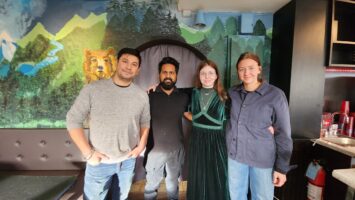 “It’s a new year, new us!” she said. “This is a bit of an experiment but we want to be sustainable in this community. If we could be around for another 30 years – I would love it.”
“It’s a new year, new us!” she said. “This is a bit of an experiment but we want to be sustainable in this community. If we could be around for another 30 years – I would love it.”
She says the new owners recognize Tommy’s is what it is and that its fundamental relationship with its clients can’t change.
“Lynn Valley needs a spot that is like a second home, somewhere the feels safe to hang out and spend time with friends,” says McDonnell. “We have been around a long time and don’t want to change what makes Tommy’s a favourite place but we wanted to take the success of brunch and create a similar energy for the evening.”
Starting mid to late February, there are plans to extend Tommy’s hours until 9 pm with the possibility of longer hours if customers want it.
“I think having more options to do things in the neighbourhood is a good thing,” said McDonnell. “I don’t want to head downtown after work, I want to hang out here in Lynn Valley.”
The new owners, Bhupinder Sing, Manish Gusain and Himanshu, are building on their success of a Robson Street restaurant.
Dinner hours and theme nights
There has been a good effort to learn about Lynn Valley and Tommy’s place within it.
“I have a lot of hope, said McDonnell. “The brothers have listened and understood that Tommy’s is a unique beast and this is a unique town. We want to remember that it was this community that has made Tommy’s.”
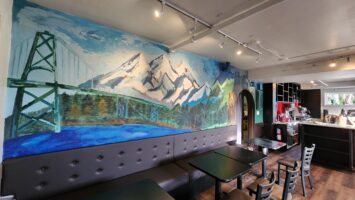
Looking to creatively extend their hours with both an updated menu and entertainment options McDonnell is hoping to create an atmosphere where people gather to hang out and build community with familiar faces.
“The changes aren’t just more food options,” she said. “I would like to have a few games, trivia nights, a small space for an acoustic set. I hope that live events will be a big thing. Lynn Valley needs space for more artists and musicians.”
The new owners are also doubling down on making its evolution family-friendly by offering a kids’ menu and a more inclusive menu to suit the full scope of dietary needs and desires.
“We are playing with the idea of having an all-day breakfast – that is why people love Tommy’s,” she said. “We want customers to communicate with us. Are we going in a direction they want? Is the new menu working? We know Lynn Valley wants good food.”
McDonnell hopes they are offering Tommy’s a bright future but promises it will remain the place Lynn Valley loves.
“We aren’t going to change the independent and creative vibe. We want it to be a cool, cozy, fun place.”
Looking for more?
There’s always something fun and exciting happening in Lynn Valley. Check out our Community Events Calendar or learn more about Local Activities, Mountain Biking or Hiking and Walking Trails.
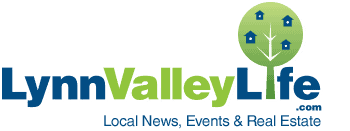
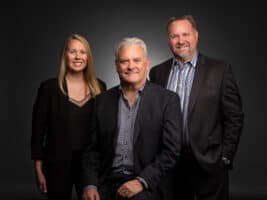 For more than a decade LynnValleyLife has been creating community. Our events and community website have been offering free family fun to all of Lynn Valley since 2011 but how we do all that is by being the local realty experts.
For more than a decade LynnValleyLife has been creating community. Our events and community website have been offering free family fun to all of Lynn Valley since 2011 but how we do all that is by being the local realty experts. 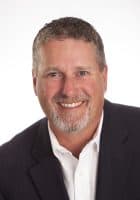
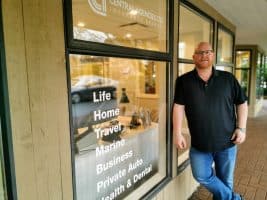
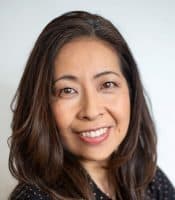 “I believe it is important for everyone, whether they have assets or not, to have a will and the other documents you need,” Manabe said. “It’s a way of taking care of the people left behind. The fees and process to take care of a death without a will can be overwhelming in a tough time.”
“I believe it is important for everyone, whether they have assets or not, to have a will and the other documents you need,” Manabe said. “It’s a way of taking care of the people left behind. The fees and process to take care of a death without a will can be overwhelming in a tough time.”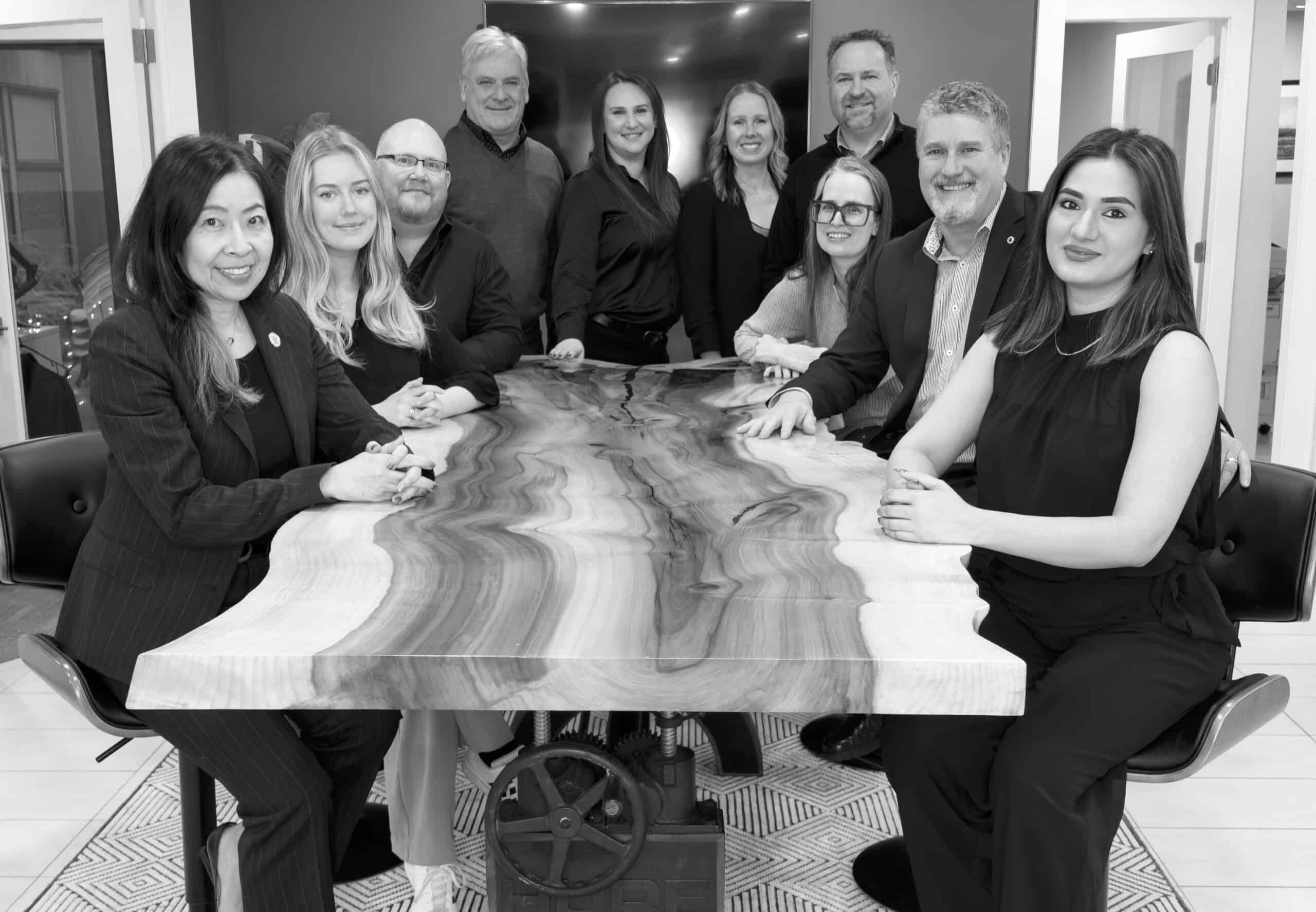
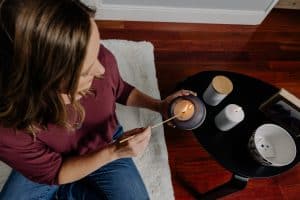 “I have been through this myself,” said Gladden. “I lost my confidence, I didn’t trust myself, I couldn’t hear my intuition.”
“I have been through this myself,” said Gladden. “I lost my confidence, I didn’t trust myself, I couldn’t hear my intuition.”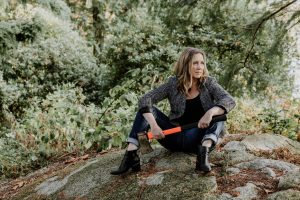 “Women face a lot of pressure to stay in unhealthy relationships,” she said. “I realized I was living on autopilot. I wanted to thrive. I needed to find the courage to put my mental health ahead of business and making money. Kids are resilient. You can prioritize your own happiness and keep your kids safe and secure. Your kids will be amazing.”
“Women face a lot of pressure to stay in unhealthy relationships,” she said. “I realized I was living on autopilot. I wanted to thrive. I needed to find the courage to put my mental health ahead of business and making money. Kids are resilient. You can prioritize your own happiness and keep your kids safe and secure. Your kids will be amazing.” 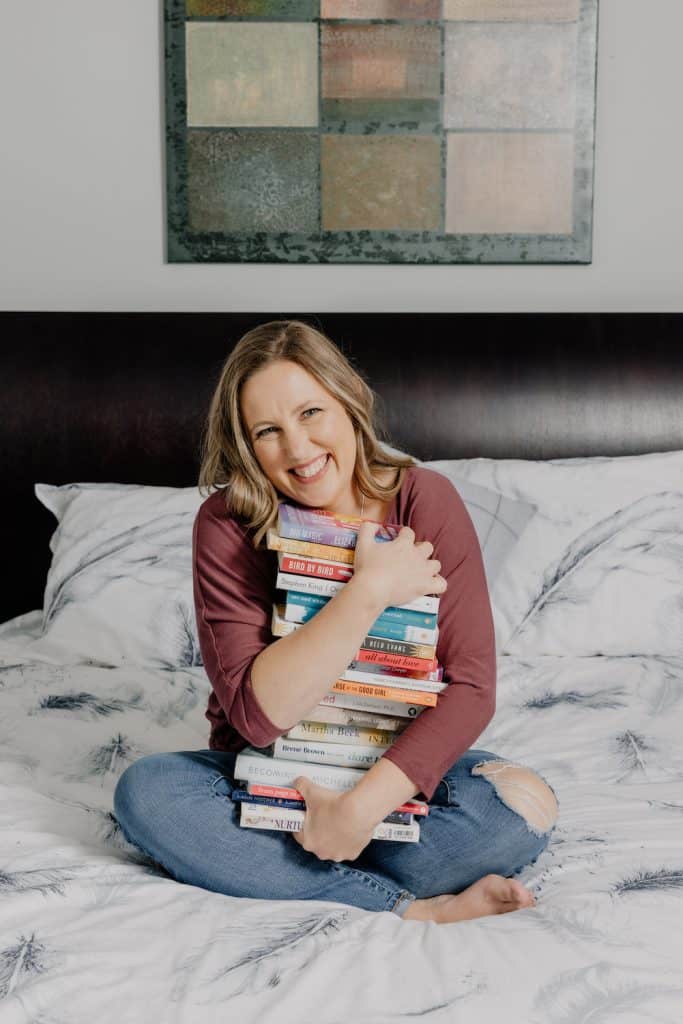 With Gladden, a typical coaching round lasts about 12 weeks and has six sessions.
With Gladden, a typical coaching round lasts about 12 weeks and has six sessions. 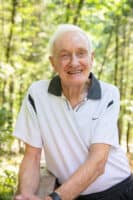
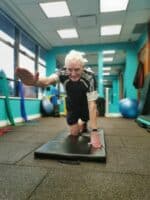 “I was running marathons in my 40s, then around 45 I got an Iron Man [triatholon] craving,” said Street. “But at 50 I couldn’t swim a stroke. It took me three months to swim a length. Over the next three months, I learned to swim 64 lengths – a mile. But it took me an hour and a half. In the next three months, I learned to swim that mile in 30 minutes and thought I was ready for Iron Man.”
“I was running marathons in my 40s, then around 45 I got an Iron Man [triatholon] craving,” said Street. “But at 50 I couldn’t swim a stroke. It took me three months to swim a length. Over the next three months, I learned to swim 64 lengths – a mile. But it took me an hour and a half. In the next three months, I learned to swim that mile in 30 minutes and thought I was ready for Iron Man.”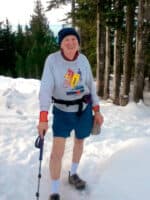 Prior to that, at 83, he was walking 10km daily, worked out at the gym three times a week and did the Grind twice a week. After the accident, Street had to start again. He still is working to get back where he was.
Prior to that, at 83, he was walking 10km daily, worked out at the gym three times a week and did the Grind twice a week. After the accident, Street had to start again. He still is working to get back where he was. 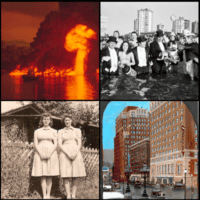

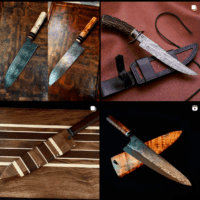
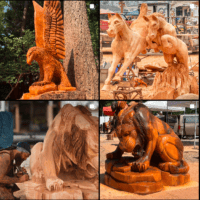
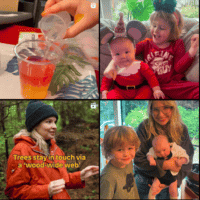
 To be eligible a person must be at least 18 and no more than 71 as of December 31, a resident of Canada and a first-time home b
To be eligible a person must be at least 18 and no more than 71 as of December 31, a resident of Canada and a first-time home b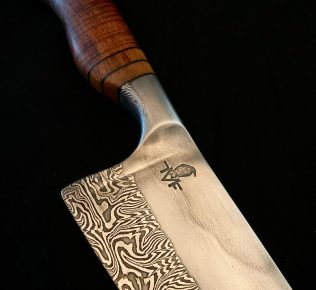
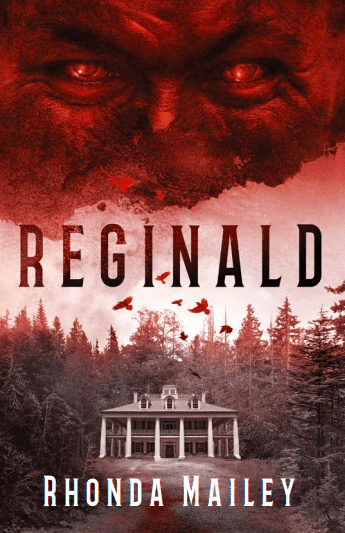 “Reginald seems to have a presence of his own. I hear from readers all the time and they tell me they sense him – like they are walking down the street and feel him hiding behind a bush. Even my writing coach: she was hearing noises in her bathroom and she thought that it could be Reginald in the walls,” laughs Mailey. “I thought: ‘For heaven’s sake it could be a mouse’.”
“Reginald seems to have a presence of his own. I hear from readers all the time and they tell me they sense him – like they are walking down the street and feel him hiding behind a bush. Even my writing coach: she was hearing noises in her bathroom and she thought that it could be Reginald in the walls,” laughs Mailey. “I thought: ‘For heaven’s sake it could be a mouse’.” 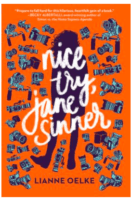 Nice Try, Jane Sinner
Nice Try, Jane Sinner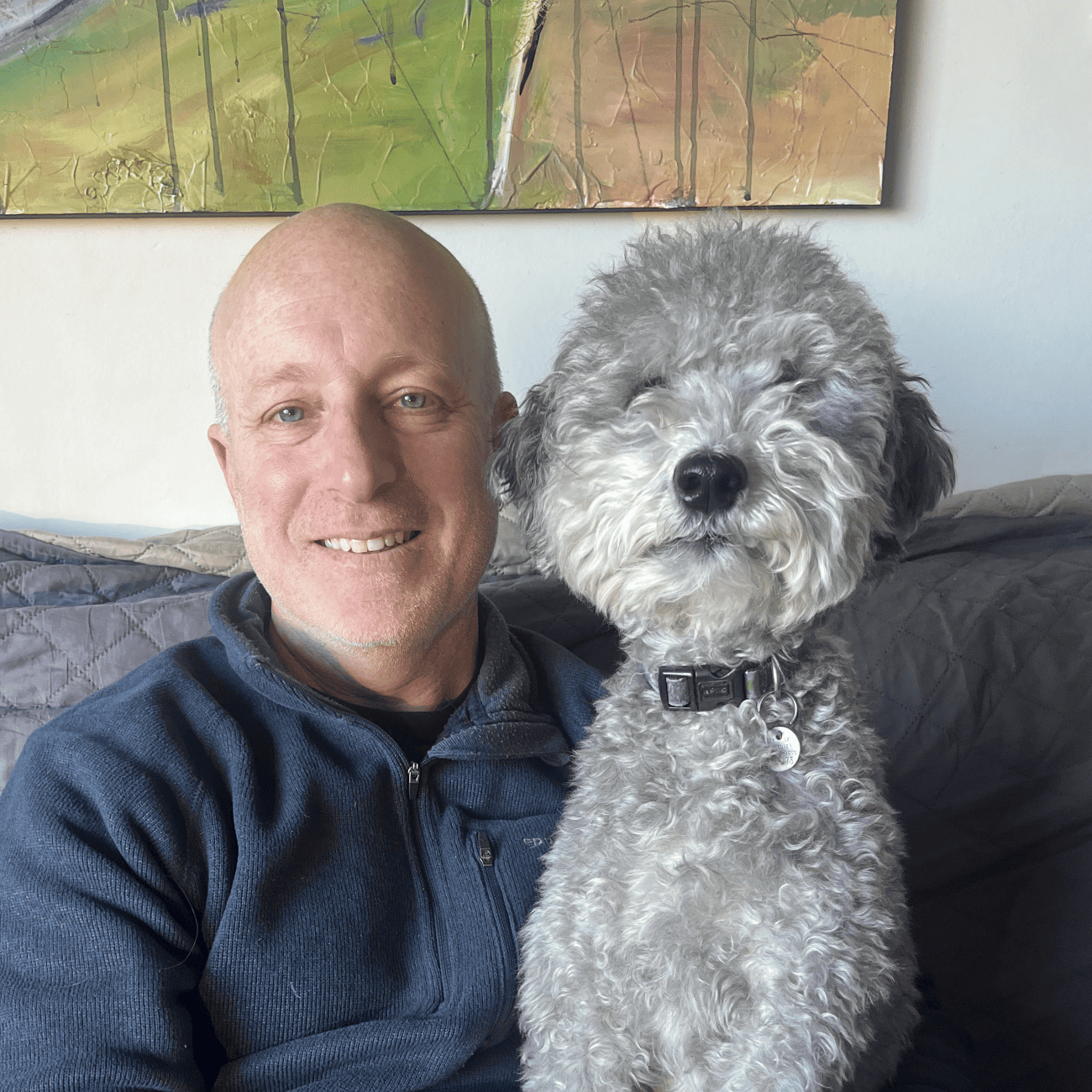
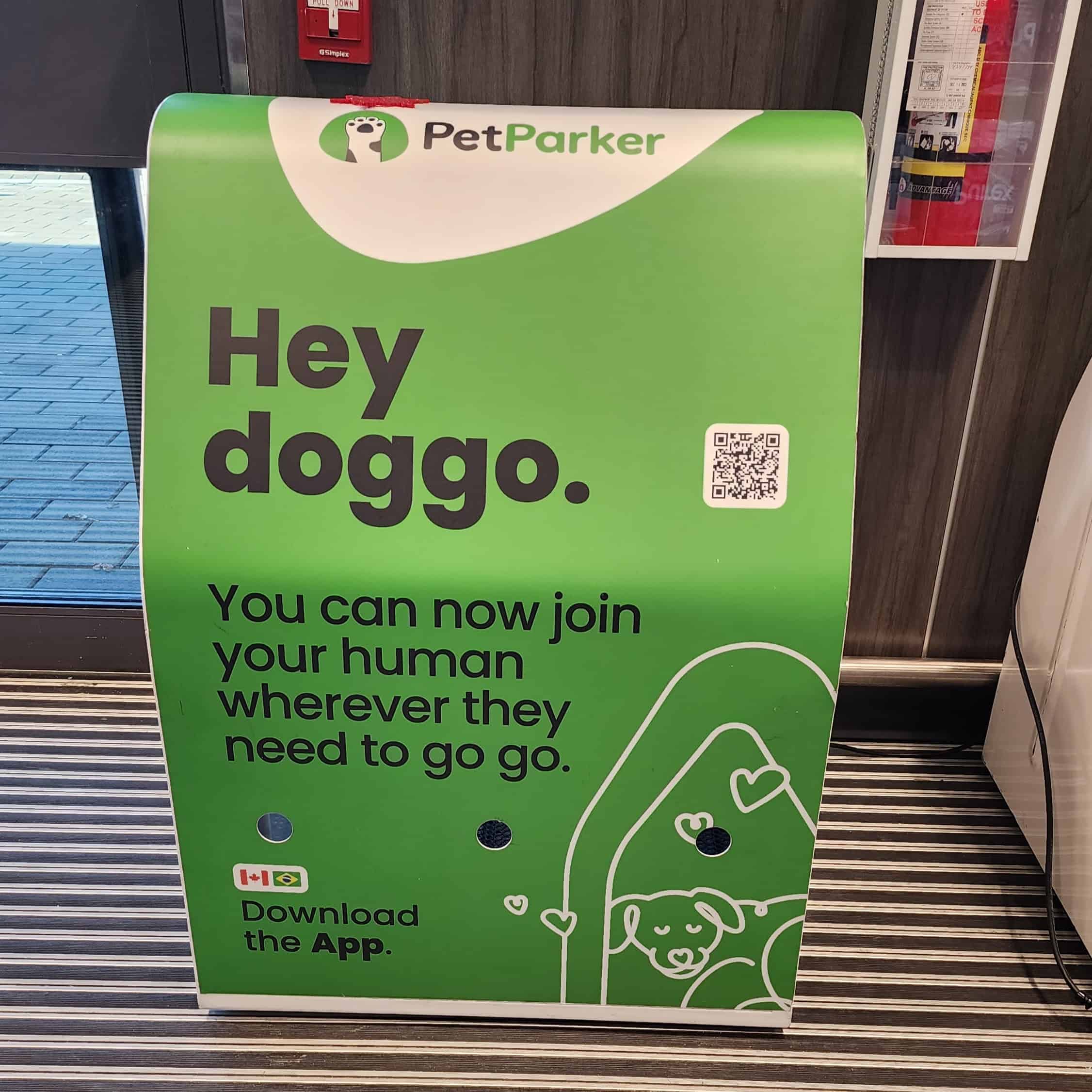 “The pet safety station – PetParker – is designed for short-term stays of less than an hour,” he said. “There is quite a bit of engineering. It has a door with an electronic lock, a camera for owners to monitor their dog, and the temperature is monitored. There is an emergency remote release if needed. It basically has a full computer monitoring and communicating to take care of your pet companion.”
“The pet safety station – PetParker – is designed for short-term stays of less than an hour,” he said. “There is quite a bit of engineering. It has a door with an electronic lock, a camera for owners to monitor their dog, and the temperature is monitored. There is an emergency remote release if needed. It basically has a full computer monitoring and communicating to take care of your pet companion.”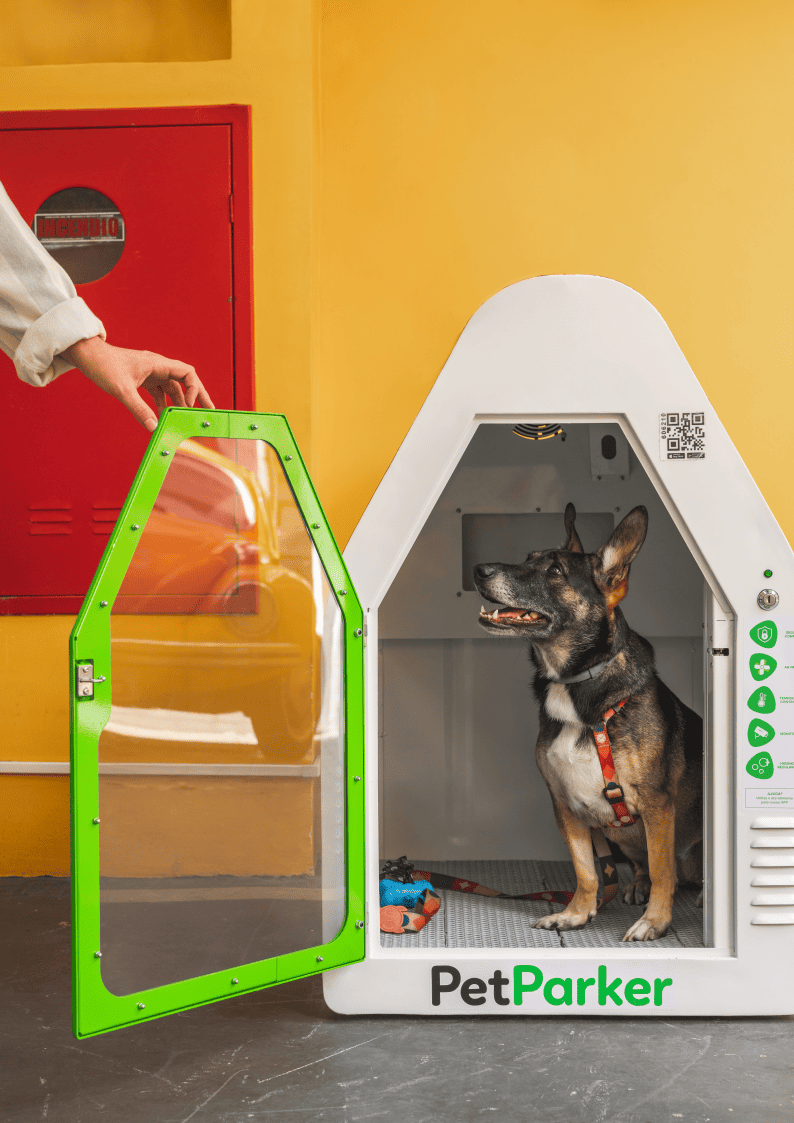 “One-third of Canadian homes have at least one dog,” said Kabazo. “I bet that Lynn Valley has a higher number. Businesses we partner with appreciate that people like to spend time with their dogs. This is an amenity – that is free – to make the welfare of our companions accessible. It’s available to anyone regardless of income.”
“One-third of Canadian homes have at least one dog,” said Kabazo. “I bet that Lynn Valley has a higher number. Businesses we partner with appreciate that people like to spend time with their dogs. This is an amenity – that is free – to make the welfare of our companions accessible. It’s available to anyone regardless of income.” “I wasn’t a tree hugger – when I saved the canyon everyone put that title on me but I just loved it – loved the beauty of it. I felt that it was something that should be kept sacred and enjoyed by all people,” said Bragg. “It’s a magic spot. The beauty of the water rushing after the rain, the sun coming through and shining on the moss and the ferns.”
“I wasn’t a tree hugger – when I saved the canyon everyone put that title on me but I just loved it – loved the beauty of it. I felt that it was something that should be kept sacred and enjoyed by all people,” said Bragg. “It’s a magic spot. The beauty of the water rushing after the rain, the sun coming through and shining on the moss and the ferns.” 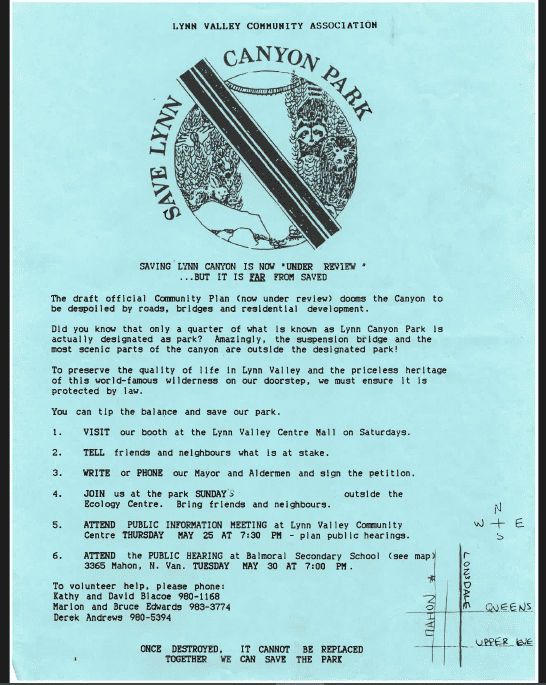 “Maureen has always struck me as the epitome of constructive activism,” said Dan Ellis. “While she’s not slow to gripe about politicians when they don’t measure up, her activism has always been about accomplishing something positive. And she’s been tenacious in her efforts, whether they be: to help citizens be heard in municipal politics, to create a community space at Mollie Nye House, to support community diversity through the District’s Official Community Plan, or to preserve public waterfront access through Save Our Shores.”
“Maureen has always struck me as the epitome of constructive activism,” said Dan Ellis. “While she’s not slow to gripe about politicians when they don’t measure up, her activism has always been about accomplishing something positive. And she’s been tenacious in her efforts, whether they be: to help citizens be heard in municipal politics, to create a community space at Mollie Nye House, to support community diversity through the District’s Official Community Plan, or to preserve public waterfront access through Save Our Shores.” 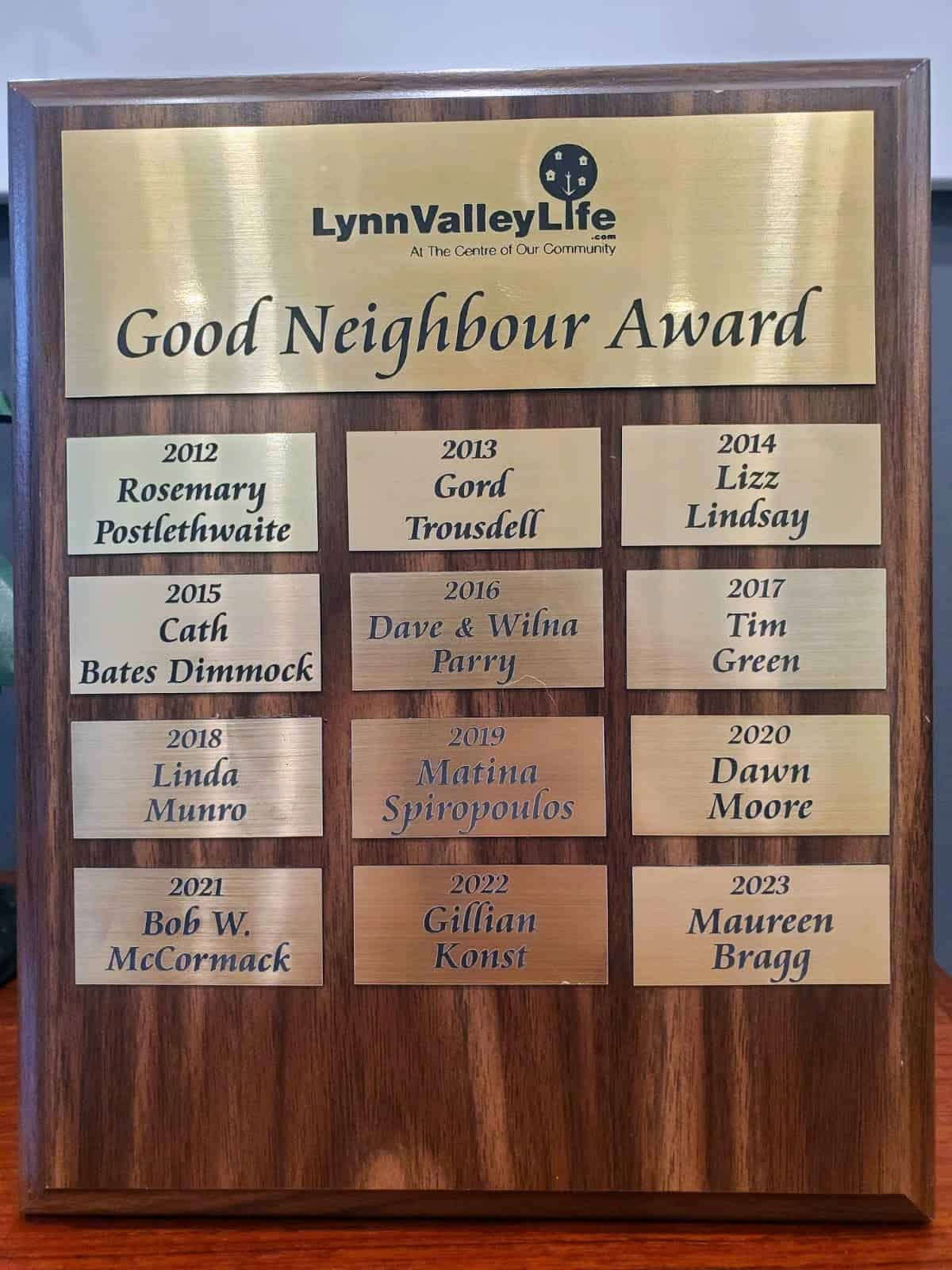 As Bragg talks about her community work, it is clear her mind is on the future and she is deeply concerned about making Lynn Valley more inclusive and livable for all people.
As Bragg talks about her community work, it is clear her mind is on the future and she is deeply concerned about making Lynn Valley more inclusive and livable for all people.